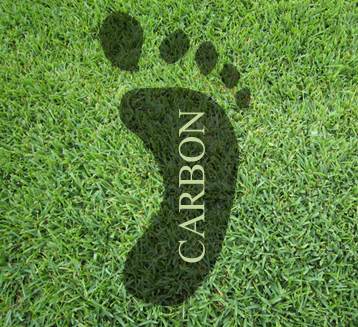Climate Change and Greenhouse Effect

Human activities are releasing greenhouse gases (GHGs) into the atmosphere. GHG is the gaseous constituent of the atmosphere, both natural and anthropogenic, that absorbs and emits radiation at specific wavelengths within the spectrum of infrared radiation. The main GHGs are carbon dioxide, methane, nitrous oxide, ozone and artificial chemicals called halocarbons (CFCs, HFCs, PFCs) and other long-lived gases such as sulfur hexafluoride (SF6). These GHGs block the infrared radiation from escaping the earth surface and, hence, rising the surface temperature of the earth. This is known as the greenhouse effect.
As the consequence of the greenhouse effect, the global average temperature has been increased by about 0.6 centigrade over the 20th century. Moreover, the increased sea level leads to a number of disasters like flooding. Human and our ecosystem also face food and water shortage and health problems. Carbon dioxide from human activities is currently responsible for over 60% of the enhanced greenhouse effect. Sustainable development is a development that meets the current needs without compromising the ability of future generations to meet their own needs. Therefore, to ensure the sustainability of our environment, we should reduce our GHG emissions.